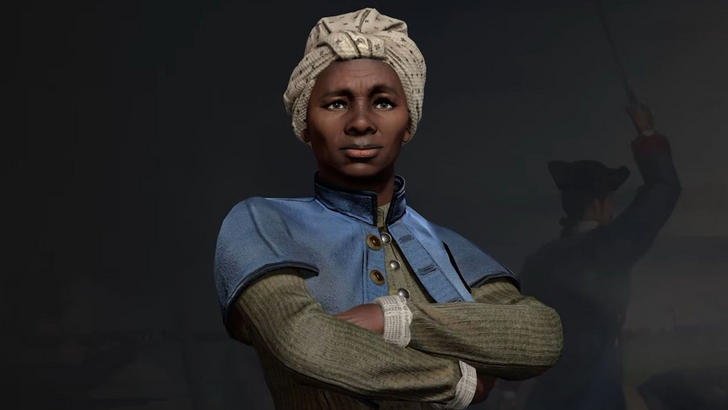
Civilization's leaders are as iconic as the civilizations themselves. Firaxis' approach to selecting national representatives has evolved significantly over the years. This article explores Civilization VII's leader roster and how it redefines leadership within the series' history.
← Return to Sid Meier's Civilization VII main article
Civ VII: A New Era of Leadership
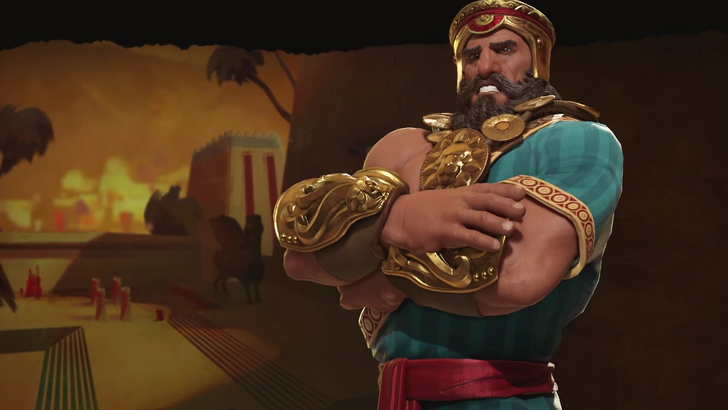
Since the first game, Civ leaders have been integral to the series' identity, forming the core of each civilization's gameplay. Each leader embodies their civilization, making them as important as the civilization itself. However, the representation of these leaders has diversified and evolved with each installment. This article traces that evolution, highlighting the innovations in leader design and their impact on gameplay.
Let's delve into Civilization's history to examine the evolution of its leader roster, the changes in each iteration, and how Civilization VII presents a unique and redefined approach to leadership.
Early Civ: A Focus on Global Superpowers
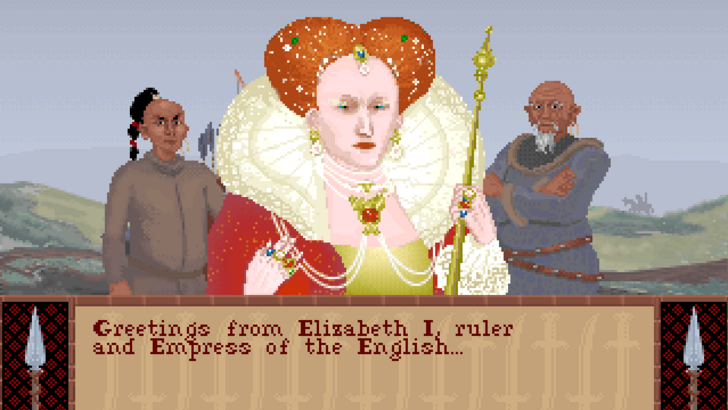
The original Civilization featured a relatively small roster compared to later games. The focus was primarily on major global powers from history and antiquity. With limited design scope and technology, the game included 15 civilizations, featuring leaders like those of America, Rome, Greece, Japan, China, France, Egypt, and Russia.
Leadership was straightforward; each leader was a historical head of state. The selection prioritized widely recognized figures. This resulted in leaders such as Abraham Lincoln, Tokugawa Ieyasu, Mahatma Gandhi, and Julius Caesar, alongside more controversial figures like Mao Zedong and Joseph Stalin. Elizabeth I was the sole female leader. While understandable given the time of its release, this approach would evolve considerably in subsequent games.
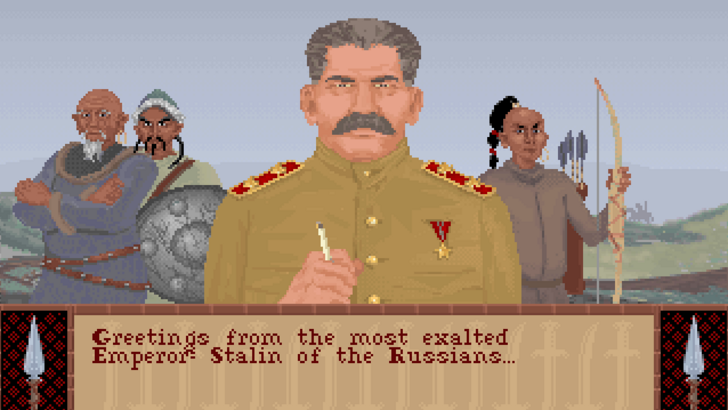
This initial, almost textbook approach to leader selection would soon be expanded upon.
Civ II Through V: Expanding Diversity and Creativity
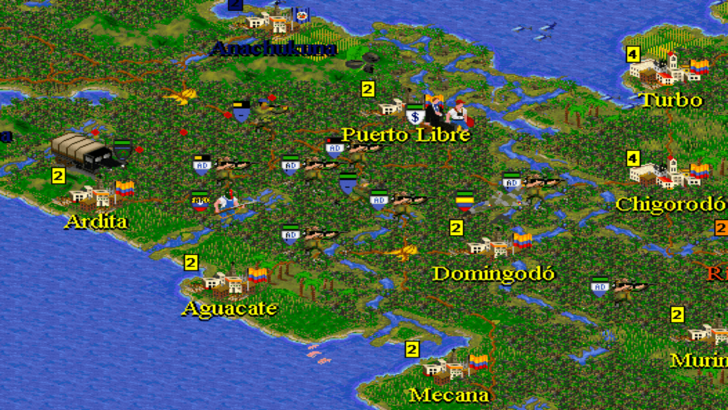
Civilization II expanded both the leader roster and the number of civilizations. Lesser-known powers like the Sioux were introduced alongside additional historical superpowers. Significantly, Civ II introduced a separate female leader roster, offering both male and female options for each civilization.
The definition of "leader" broadened. Figures who weren't necessarily heads of state but were pivotal to their civilization's identity gained prominence. Sacagawea for the Sioux and Amaterasu for Japan are prime examples.
Civ III integrated more female leaders into the main roster, including Joan of Arc replacing Napoleon for France and Catherine the Great replacing Stalin for Russia.
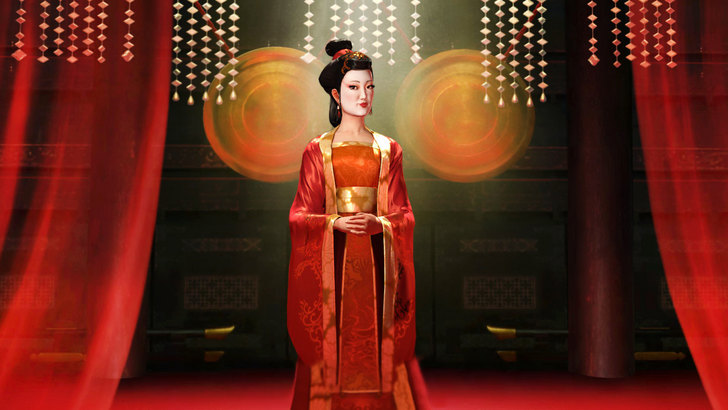
Civ IV and Civ V further expanded the roster and the definition of leadership. Revolutionaries, generals, reformers, and even consorts became common. Traditional leaders were replaced or joined by others, such as Wu Zetian replacing Mao Zedong for China and both Victoria I and Elizabeth I representing England. The focus shifted from solely the powerful and famous to a broader representation of humanity.
Civ VI: Enhanced Characterization and Diversity
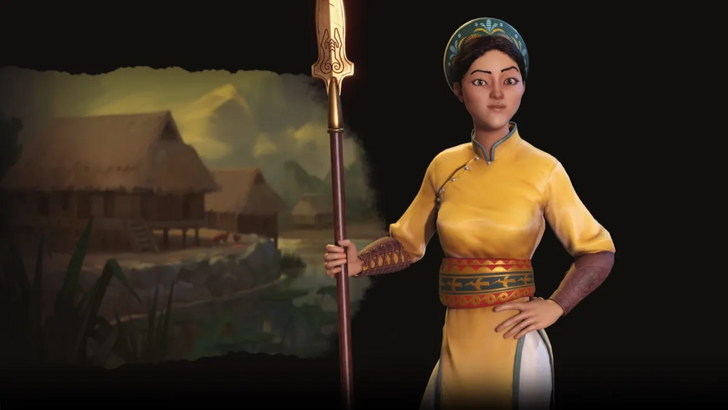
Civilization VI saw a significant increase in characterization, diversity, and creativity. Leaders were presented as stylized animated caricatures. Leader Personas were introduced, offering alternative versions of the same leader with different personality aspects and playstyles. Lesser-known figures from less prominent civilizations were included, such as Lautaro of the Mapuche and Bà Triệu of Vietnam.
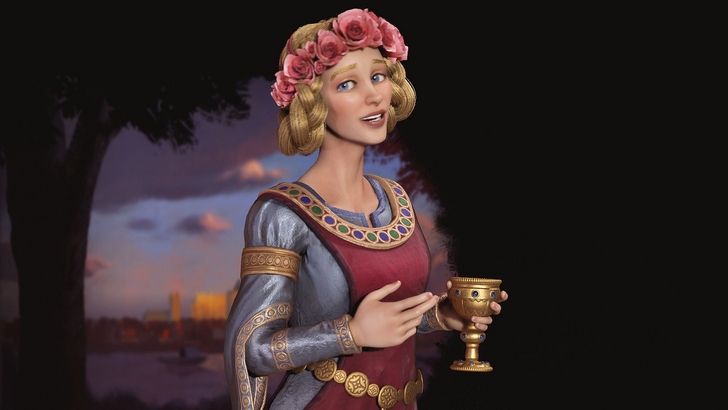
The introduction of multiple leader options for some civilizations (e.g., America, China) and the expansion of Leader Personas further diversified the roster. Leaders were no longer defined by their entire legacy but by specific chapters of their lives, foreshadowing Civ VII's approach.
Civ VII: A Fresh Perspective on Leadership
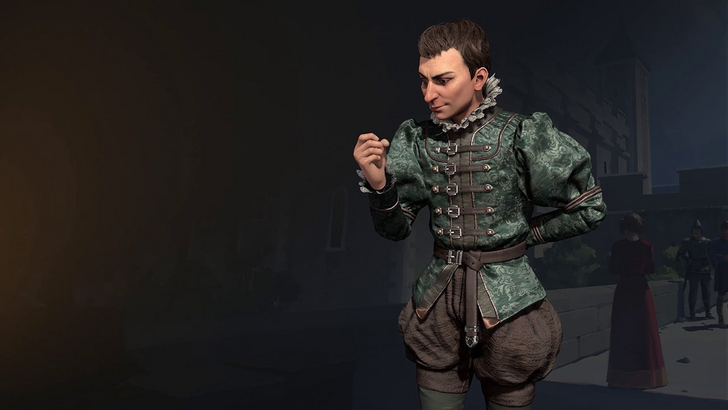
Civilization VII represents the culmination of Firaxis' evolving leader selection philosophy. It features the most diverse and creative roster yet, with unconventional leaders, multiple personas, and carefully curated selections tailored to different playstyles.
The mix-and-match approach to civilizations and leaders allows even lesser-known figures to take center stage. Harriet Tubman, the American abolitionist, is a notable example. Niccolò Machiavelli, despite not being a head of state, embodies the diplomatic strategies of his writings. José Rizal of the Philippines, previously a city-state, now leads his nation.
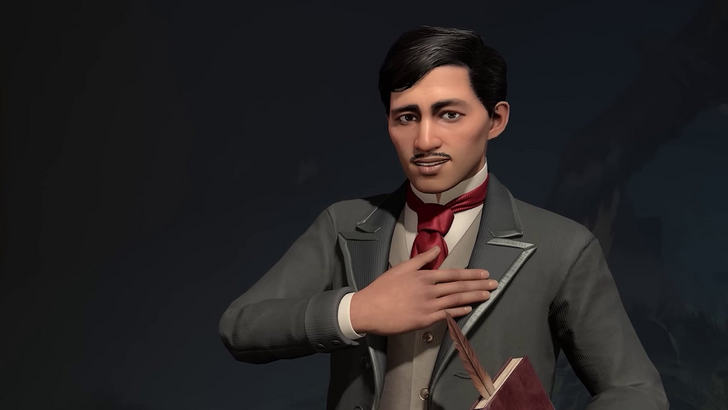
Over nearly 30 years, Civilization has evolved from a game focused on major historical powers to a diverse and imaginative representation of humanity's great minds. The definition of leadership has changed, but its importance remains constant.
← Return to Sid Meier's Civilization VII main article
Sid Meier's Civilization VII Similar Games
















